 Sierra On-Line releases its first computer game, Hi-Res Adventure #1: Mystery House, for the Apple II computer. Pairing simple text descriptions with even simpler line art, the game marks a turning point in computer adventure games, and sets Sierra on a course to become one of the best-selling game software houses of the ’80s.
Sierra On-Line releases its first computer game, Hi-Res Adventure #1: Mystery House, for the Apple II computer. Pairing simple text descriptions with even simpler line art, the game marks a turning point in computer adventure games, and sets Sierra on a course to become one of the best-selling game software houses of the ’80s. ![]()

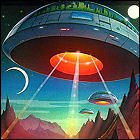 Atari releases the home version of
Atari releases the home version of  Atari scores a direct hit on arcades everywhere with
Atari scores a direct hit on arcades everywhere with  Magnavox releases
Magnavox releases  Magnavox releases
Magnavox releases  Magnavox releases
Magnavox releases 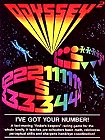 Magnavox releases
Magnavox releases 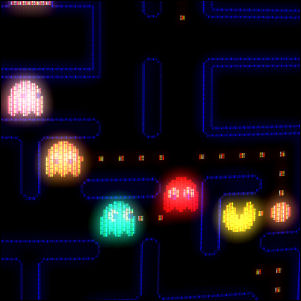 Under license from Namco, the game’s Japanese originators, Midway Manufacturing introduces the obsession that is
Under license from Namco, the game’s Japanese originators, Midway Manufacturing introduces the obsession that is  Arcade game maker Midway introduces the coin-op video game
Arcade game maker Midway introduces the coin-op video game 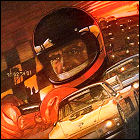 Atari releases
Atari releases  Sega releases
Sega releases 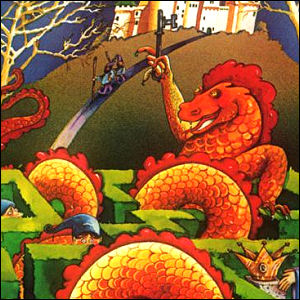 Atari releases the
Atari releases the 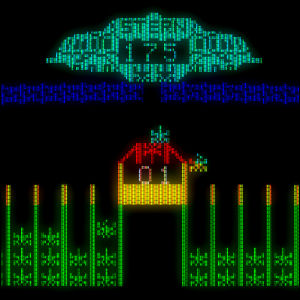 Chicago-based pinball manufacturer Stern makes one of its earliest forays into the booming video game industry with an altered version of the hit game Space Invaders, retitled
Chicago-based pinball manufacturer Stern makes one of its earliest forays into the booming video game industry with an altered version of the hit game Space Invaders, retitled 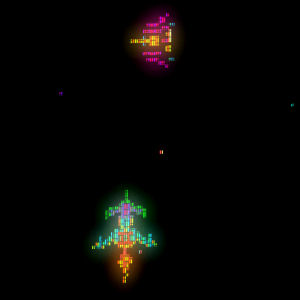 Japanese import
Japanese import  Cinematronics’ vector graphics arcade wargame
Cinematronics’ vector graphics arcade wargame  Atari releases the arcade game
Atari releases the arcade game 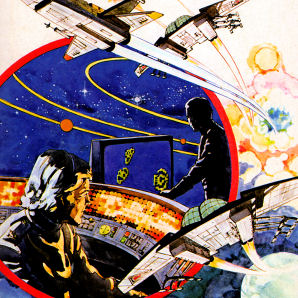 Mattel Electronics releases the
Mattel Electronics releases the 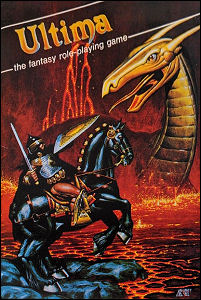 California Pacific Computer releases the computer role playing game game
California Pacific Computer releases the computer role playing game game 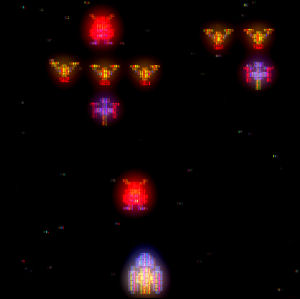 Midway releases
Midway releases 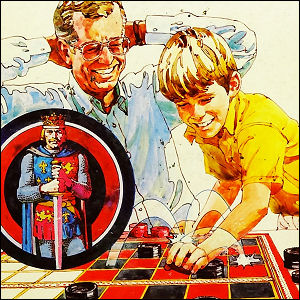 Mattel Electronics releases the
Mattel Electronics releases the 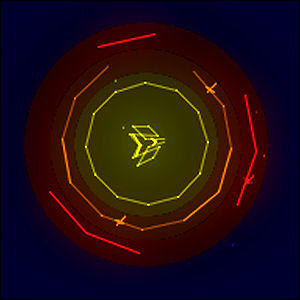 Cinematronics releases the cult classic arcade game
Cinematronics releases the cult classic arcade game 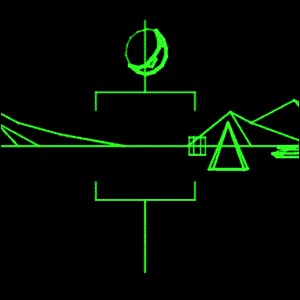 Atari releases the arcade game
Atari releases the arcade game  Mattel Electronics releases the
Mattel Electronics releases the 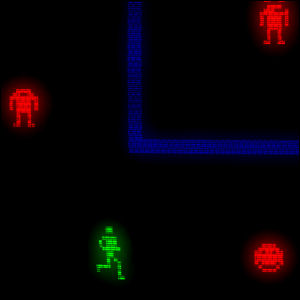 Pinball manufacturer Stern Electronics establishes a firm foothold as a maker of video games with the paranoia-inducing coin-op
Pinball manufacturer Stern Electronics establishes a firm foothold as a maker of video games with the paranoia-inducing coin-op 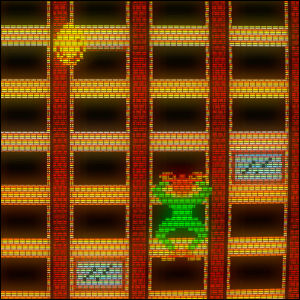 Boasting a tricky dual-joystick control scheme allowing players fine-tuned control over their on-screen character’s movements,
Boasting a tricky dual-joystick control scheme allowing players fine-tuned control over their on-screen character’s movements,  Having just opened up its American branch, Japanese video game manufacturer Nintendo introduces its first arcade game, the virtually-unknown space shooter
Having just opened up its American branch, Japanese video game manufacturer Nintendo introduces its first arcade game, the virtually-unknown space shooter 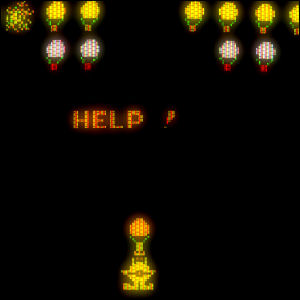 Namco releases
Namco releases  The Odyssey² video game console’s answer to Space Invaders,
The Odyssey² video game console’s answer to Space Invaders, 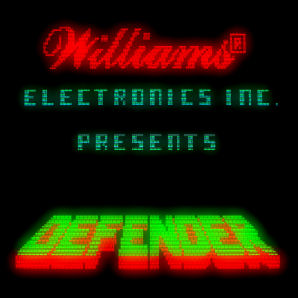 After a mad last-minute rush to prepare it for display at the 1980 Amusement Machine Operators of America (AMOA) trade show, Williams Electronics debuts what will become its most successful arcade game,
After a mad last-minute rush to prepare it for display at the 1980 Amusement Machine Operators of America (AMOA) trade show, Williams Electronics debuts what will become its most successful arcade game,  Universal (a video game manufacturer unrelated to the Hollywood studio of the same name) introduces the minor arcade classic
Universal (a video game manufacturer unrelated to the Hollywood studio of the same name) introduces the minor arcade classic